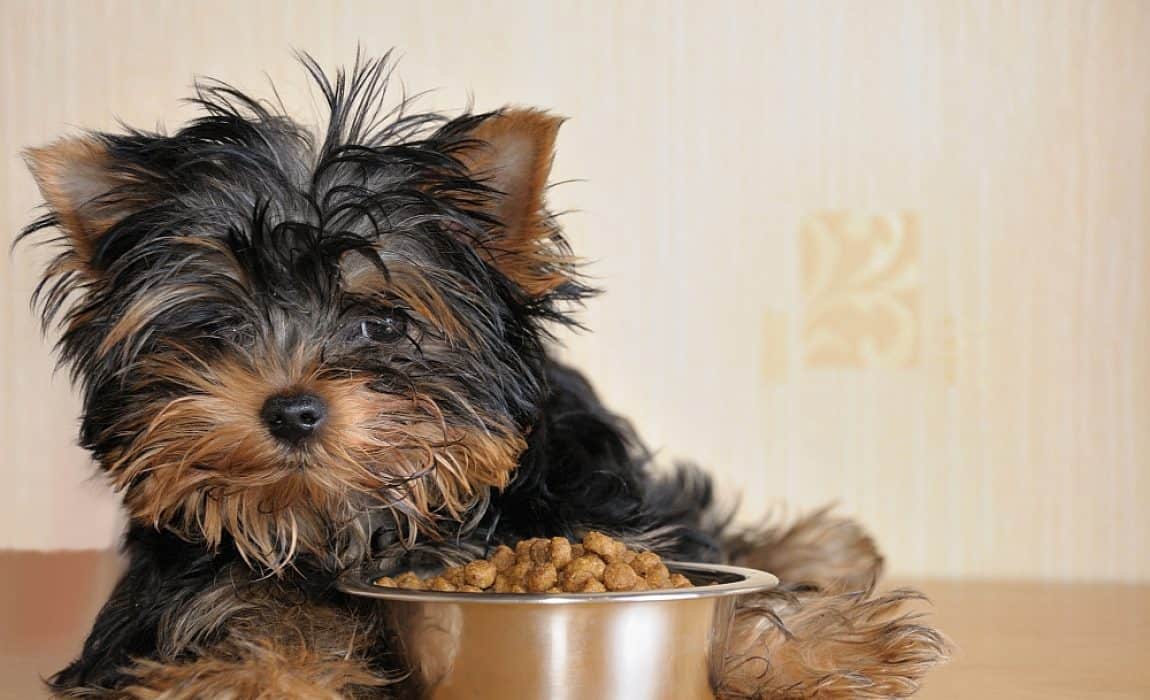Handling the Finicky Dog Eater in Your Family

Some dogs seem to eat anything and everything they come across, whether it is edible or not. It makes you wonder about their palate and taste buds. On the other hand, there are those dogs that turn up their noses as if to say "this is not good enough for me! Where's the steak and people food?" Unfortunately, I have both types of eaters at home. As the pet parent of three Chihuahuas, I have two that seem to eat without tasting their food while one of my little girls eats when she feels like it. Sometimes I wish I were that way. I might be skinny too. But it is not the best nutritional way to go.
Handling a finicky eater can sometimes be frustrating and of course there is always the worry that our dog(s) is not getting the proper nutrition. But you cannot force the dog to eat and you certainly cannot feed it people food just to get it to eat. Your dog would learn in no time that if it holds out on food, it will get what it wants what you are eating.
There are some tips you can follow to encourage your fussy eater to be more interested in the foods placed before him/her. The first thing you want to do is be sure your dog is in good health. If the finicky eating may be accompanied with vomiting and diarrhea or any other medical symptoms, there may be a physical or internal reason why your dog does not want to eat. Your vet can rule out any oral diseases, gastrointestinal problems or any other underlying issues causing a loss in appetite.
Be sure the food you are giving your dog is good, not spoiled or expired. Evaluating the food you give your dog can detect if there may be a problem why your dog does not want the food. Choosing a high quality food recommended by your veterinarian is always the best option. You want to provide a food that has all the necessary nutrients needed for a healthy dog without the need for diet variety. Try to avoid variety as your dog may hold out for a specific food. Constant change is not always good and also can cause vomiting and diarrhea.
In order to encourage your dog to eat you can try to change the existing food to a new more nutritional type of food. In order to do so, gradually switch over by mixing the new food in with the old food, half and half at first and slowly adding more of the new and less of the old. Make the change over several days. Try to find something tasty with protein as the number one ingredient. Switching to a semi-moist food may be more desirable for your dog. You may have to try different things until you find one your dog likes, and then stick with it.
You can try heating the food to bring out the special aromas that will entice your dog. Or add hot water to the dry food for the same effect. Just be sure to stir the food before serving to be sure there are no "hot spots" that can burn your dog when eating.
Try adding a special flavor or item of sorts to your dogs' food such as a cut up dog biscuit, add a little meat-flavored baby food or sprinkle in a small amount of shredded cheese. What I do is add a good sized tablespoon of warmed quality canned dog food to the dry food and most times it works.
Getting your fussy eater to eat will take a great deal of time and patience on your part as well as your dog. Organize a plan with your veterinarian and follow through to gradually get your dog to enjoy mealtimes. Use a lot of praise when your dog does eat. They say when a dog is hungry it will eat. We as pet parents worry about them because we love them. Be patient.



